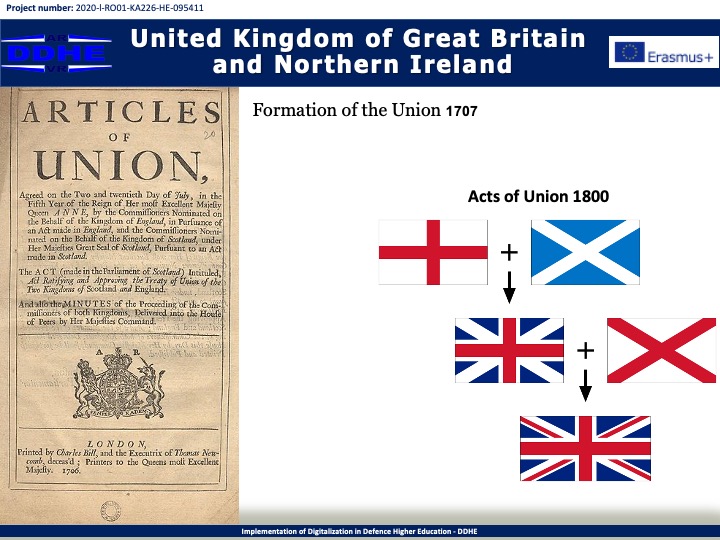
Personal Union: Union of the Crowns
In August 1503 James IV, King of Scots, married Margaret Tudor, the eldest daughter of Henry VII of England. Almost 100 years later, when Elizabeth I was in the last decade of her reign, it was clear to all that James VI of Scotland, the great-grandson of James IV and Margaret Tudor, was the only generally acceptable heir to the English throne. Ruling over the diverse kingdoms of England, Scotland, and Ireland proved difficult for James and his successor Charles, particularly when they tried to impose religious uniformity on the Three Kingdoms. There were different religious conditions in each country. Charles I's accession also marked the beginning of an intense schism between King and Parliament.
The English Civil War broke out in 1642. The Scottish Covenanters, as the Presbyterians called themselves, sided with the English Parliament, joined the war in 1643, and played a major role in the English Parliamentary victory. The King's forces were ground down by the efficiency of Parliament's New Model Army – backed by the financial muscle of the City of London. By the end of the wars, the Three Kingdoms were a unitary state called the English Commonwealth, ostensibly a republic but having many characteristics of a military dictatorship. Ireland and Scotland were occupied by the New Model Army during the Interregnum. In Ireland, almost all lands belonging to Irish Catholics were confiscated as punishment for the rebellion of 1641; harsh Penal Laws were also passed against this community. Under the English Restoration, the political system returned to the constitutional position of before the wars: Scotland and Ireland were returned their Parliaments.
Treść jest rozpowszechniana na licencji Pewne Prawa Zastrzeżone Uznanie Autorstwa Na Tych Samych Warunkach 4.0